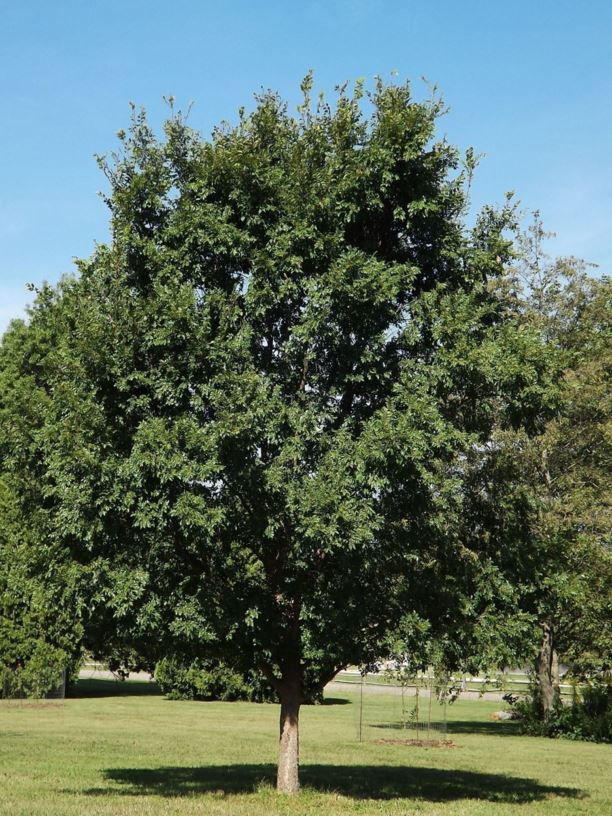
Ulmus parvifolia 'Matthew' Matthew Chinese elm, Matthew lacebark elm The Dawes Arboretum
Ulmus parvifolia: Chinese Elm 1 Edward F. Gilman, Dennis G. Watson, Ryan W. Klein, Andrew K. Koeser, Deborah R. Hilbert, and Drew C. McLean 2 Introduction An excellent tree that is surprisingly under-used, Chinese elm possesses many traits which make it ideal for a multitude of landscape uses.

Chinese elm (Ulmus parvifolia)
Ulmus parvifolia is a deciduous Tree growing to 18 m (59ft) by 18 m (59ft) at a medium rate. See above for USDA hardiness. It is hardy to UK zone 5 and is not frost tender. It is in leaf from March to January, in flower from September to October, and the seeds ripen from October to November.

CHINESE LACEBARK ELM Ulmus Parvifolia 50 SEEDS
Free Shipping Available. Buy Top Products On eBay. Money Back Guarantee!

Ulmus Parvifolia Chinese Elm 5 in. Trees SiteOne
Scientific name: Ulmus parvifolia Pronunciation: UL-mus par-vih-FOLE-ee-uh Common name(s): 'Dynasty' Chinese elm, 'Dynasty' lacebark elm. 'Dynasty' Chinese elm will grow in full sun on a wide range of soils, adapting easily to extremes in pH or moisture, and tolerates wet soil, urban heat, and wind. Trees will look their best, though, when.

Chinese Elm, Ulmus parvifolia, One of my favorites. Shade trees, Plants, Elm
Ulmus parvifolia, commonly known as Chinese elm or lacebark elm is a deciduous tree species native to eastern Asia, specifically China, Korea, and Japan. Although Chinese elms prefer rich and moist loam soil types, they grow in a variety of soils that range from wet to dry and also urban conditions. Chinese elm survives in USDA Hardiness Zones 4-9.

Ulmus parvifolia Chinese Elm Western Star Nurseries
[Answer: "Chinese elm," Ulmus parvifolia] Photo by John Nelson Your botany professor probably waxed on and on about leaves, and how important they are for plants.
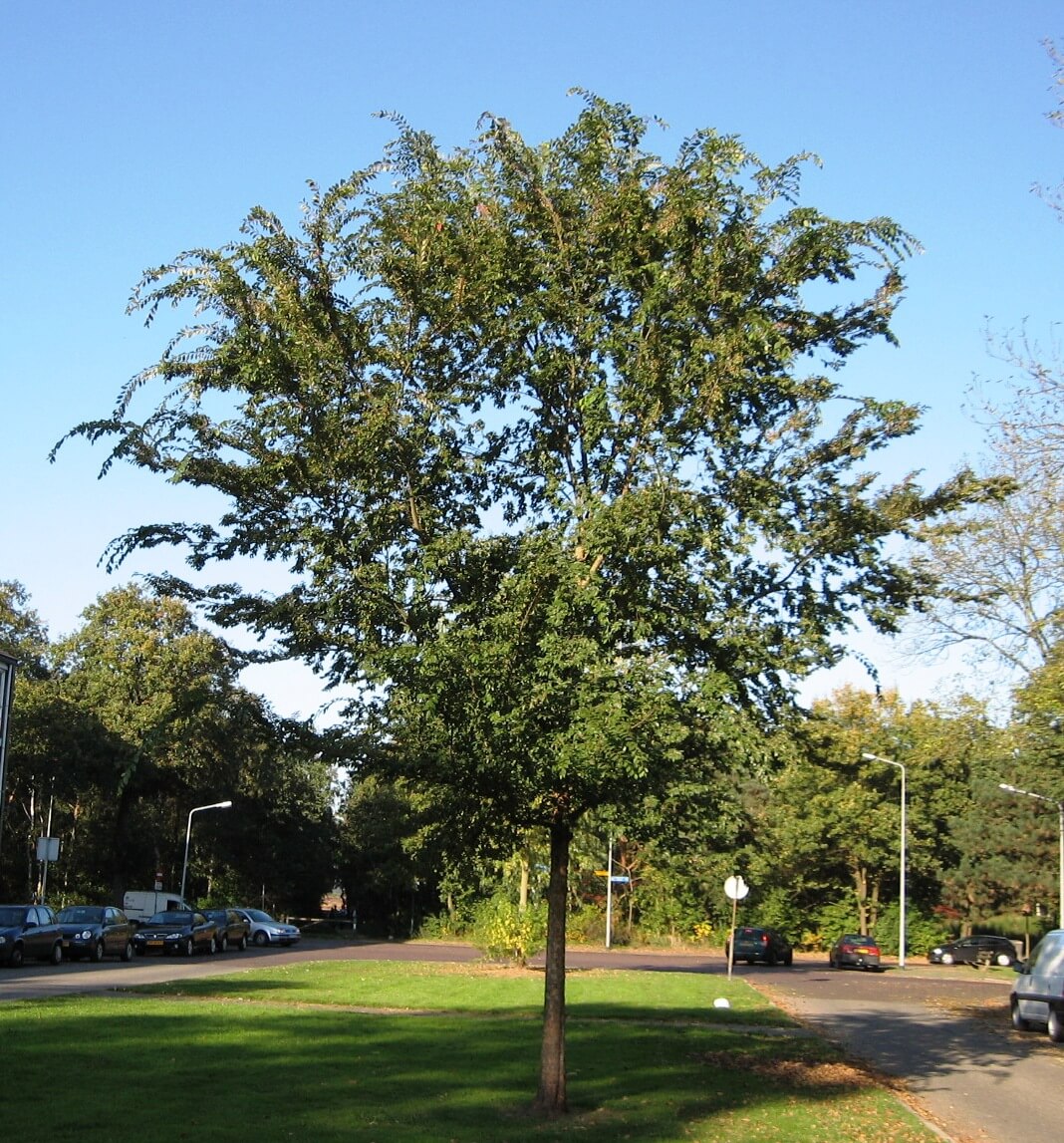
Chinese Elm (Ulmus Parvifolia)
Magnificent, Ulmus parvifolia 'Frosty' (Chinese Elm) is a small deciduous tree of vase shaped habit, noted for its variegated foliage, multi-colored bark and good resistance to Dutch elm disease. The shiny foliage of small, pointy, dark green leaves is adorned with frosty-white edges throughout the season and turns golden-yellow in the fall.

Tree Identification Ulmus parvifolia Chinese Elm
Ulmus parvifolia, commonly called Chinese elm or lacebark elm, is a medium-sized deciduous tree that typically grows to 40-50' (less frequently to 70') tall with a rounded crown and long pendulous branching. It is native to China, Korea and Japan.

Ulmus parvifolia Chinese Elm Pots and Plants on the Pike
Ulmus parvifolia, commonly called Chinese elm or lacebark elm, is a medium-sized deciduous tree that typically grows to 40-50' (less frequently to 70') tall with a rounded crown and long pendulous branching. It is native to China, Korea and Japan.

Ulmus parvifolia 'Chinese Elm' Hello Hello Plants & Garden Supplies
The lacebark elm ( Ulmus parvifolia) is native to east Asia and is also commonly known as the Chinese elm. It is often confused with the Siberian elm ( Ulmus pumila), but they are entirely different species and the Siberian elm is an inferior and invasive tree.
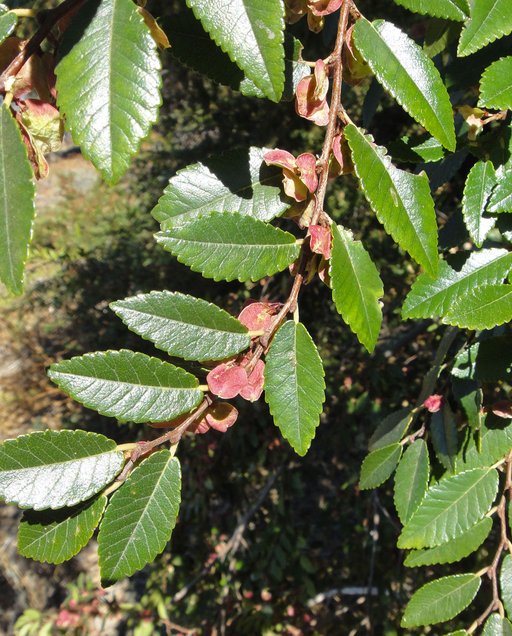
CalPhotos Ulmus parvifolia; Chinese Elm
This Chinese Elm tree, Ulmus parvifolia 'True Green', is an excellent choice for sun drenched Southwestern properties because it can bring a massive amount of shade to any landscape. Native to China, this large, semi-evergreen tree has been widely used in parks here in the Southwest thanks to its wide, natural umbrella-shaped, shade capabilities.

Ulmus parvifolia Chinese elm, Lacebark elm Van den Berk Nurseries
Ulmus parvifolia, commonly known as the Chinese elm [2] or lacebark elm, is a species native to eastern Asia, including China, India, Japan, Korea, and Vietnam. [3] It has been described as "one of the most splendid elms, having the poise of a graceful Nothofagus ". [4]

Ulmus parvifolia (Chinese Elm, Drake Elm, Lacebark Elm) North Carolina Extension Gardener
Ulmus parvifolia is a non-native elm that originated in eastern Asia. The tree has been planted in North America because it is resistant to Dutch Elm Disease. Habitat Anthropogenic (man-made or disturbed habitats ), forest edges, forests Characteristics Habitat terrestrial New England state Massachusetts Growth form the plant is a tree Leaf type
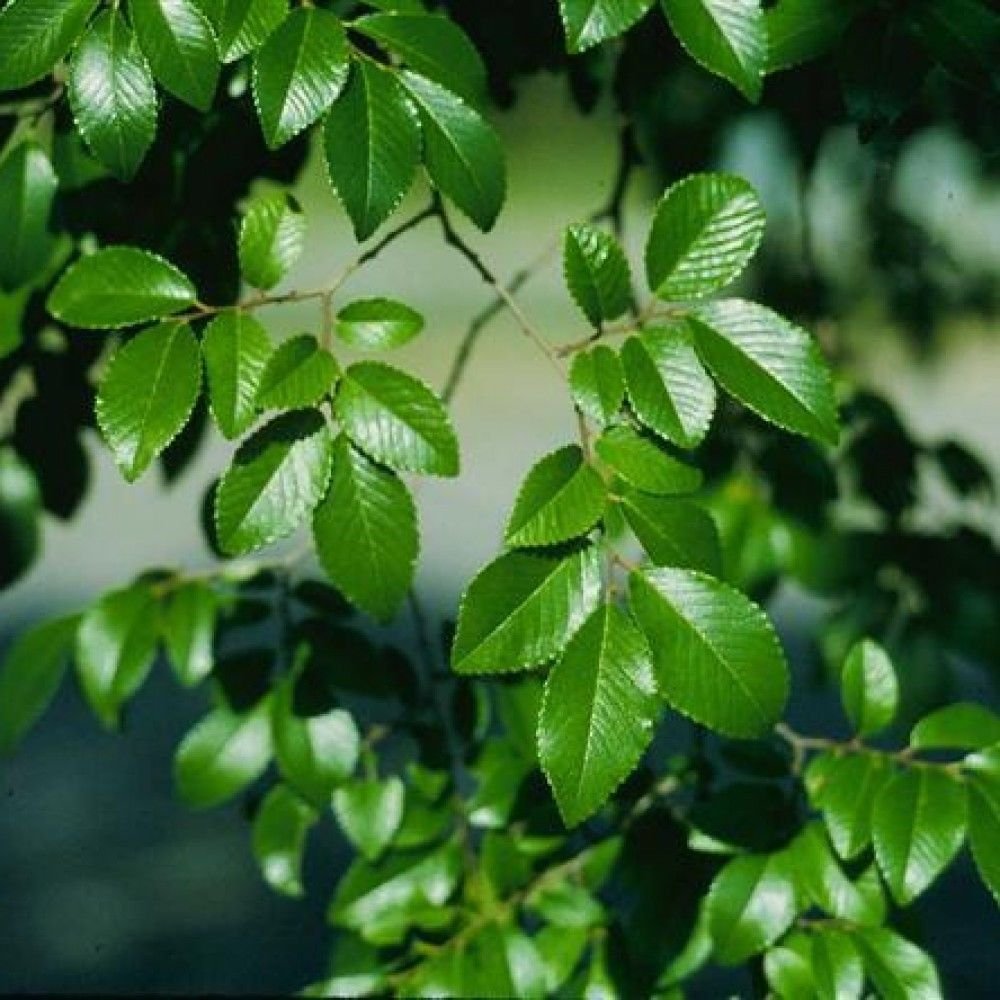
CHINESE LACEBARK ELM Ulmus Parvifolia 50 SEEDS
The Chinese Elm Bonsai (Ulmus parvifolia) is endemic to south-east Asia and especially China. In its home countries it can become a mighty tree up to 25 m tall and with 1 m trunk diameter.
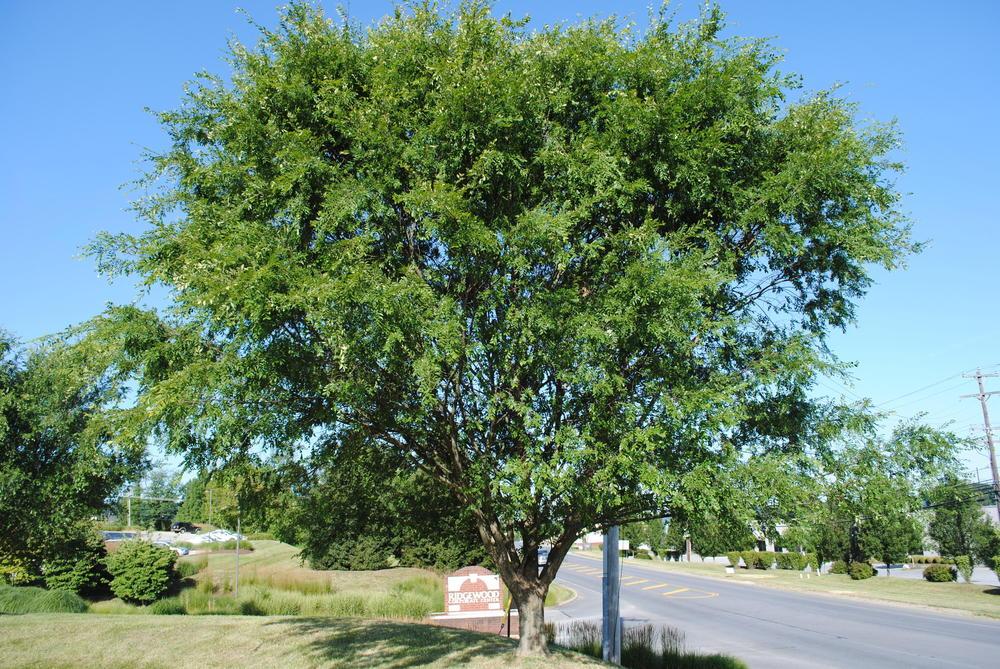
Photo of the entire plant of Chinese Elm (Ulmus parvifolia) posted by ILPARW
Ulmus Species, Chinese Elm, Lacebark Elm. Ulmus parvifolia. Upload Image Print Version View Gallery 49 photos. Upload Image Print Version Family Ulmaceae (ulm-AY-see-ee. The Chinese Elm is fast growing, creates excellent shade, and hardy. Correction!
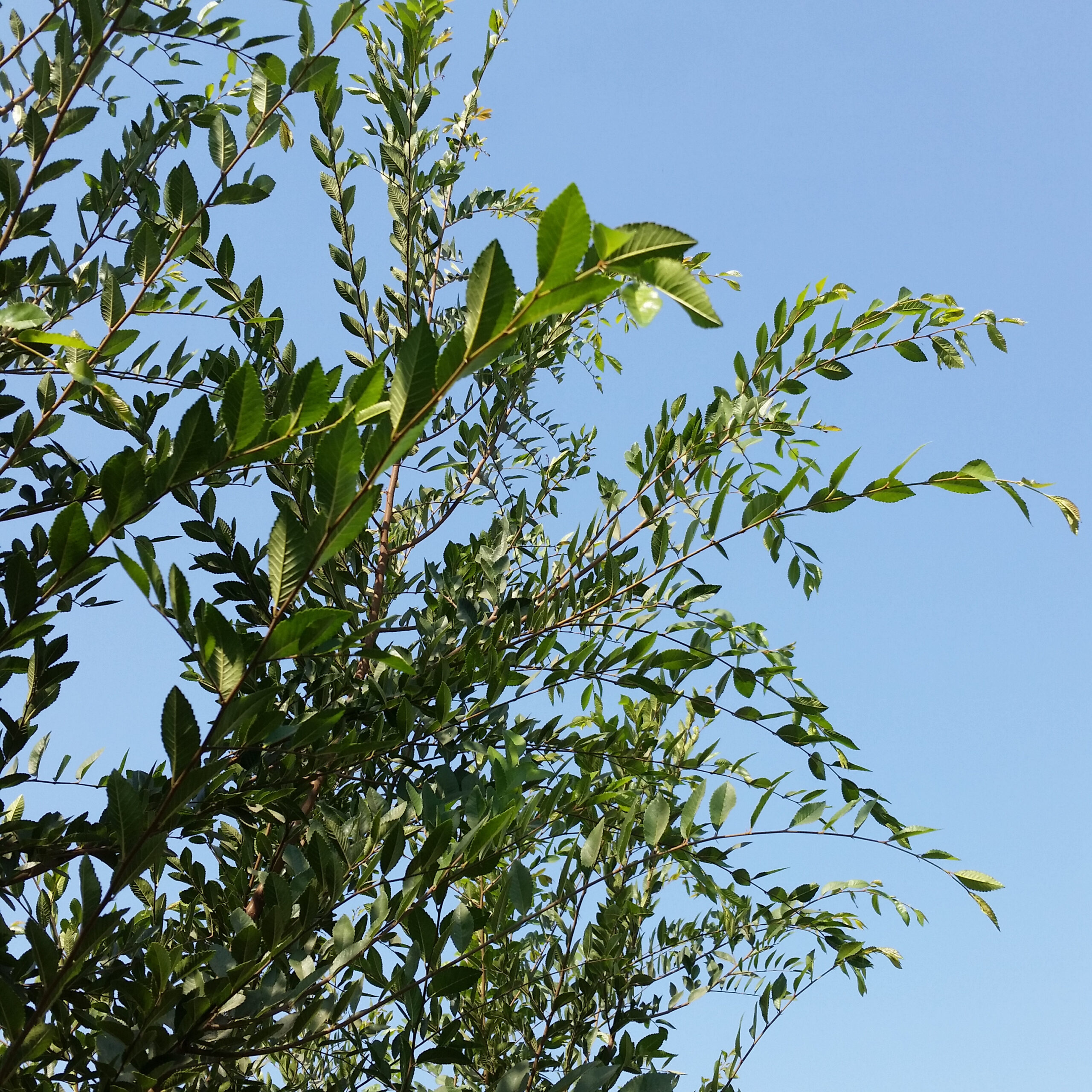
Ulmus parvifolia 'Drake' Chinese Elm Mid Valley Trees
Description Chinese elm is a large ornamental deciduous shade tree in the Ulmaceae (elm) family native to China, Korea, and Japan. It is a tough, durable, upright tree that grows quickly to 40 to 60 feet tall and wide and is easy to transplant.